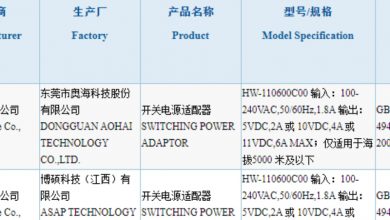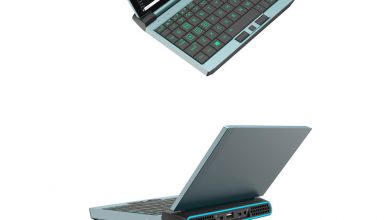Today, analyst Ming-Chi Kuo published a research report saying that the iPhone will adopt a periscope telephoto lens in 2023.
Kuo predicts that 8P lenses will be widely adopted by mobile phone brands starting from 2H22-1H23, and the iPhone is expected to adopt periscope telephoto lenses in 2023. Although the optical performance of 8P lenses is about 10-20% higher than 7P lenses, there are very few mobile phones that use them because of the high cost. We predict that after the 8P lens yield rate increases to 70-80% in 2H22, the demand for 8P lenses is expected to increase substantially. With its significant technical advantages, Largan will become the main supplier of the new 2H23 iPhone periscope telephoto lens.
Kuo previously stated that he expected Apple to use the periscope lens in the 2022 iPhone models, but now, it seems that he believes this will not happen until 2023.
In the report, Kuo said that the size of the front camera module should be reduced. We predict the new iPhone will adopt an all-in-one lens design as early as 2H22. This design requires the lens and VCM [Voice Coil Motor] to be assembled and shipped to the CCM since Largan will start selling iPhone VCM for the new iPhone in 2H21.
Ming-Chi Kuo predicts that the rear lens upgrade of the new 2H22 iPhone will focus on the telephoto lens. Telephoto lenses have a higher ASP than other high-end lenses due to the difficulty of design and production. Largan’s current telephoto lens orders account for about 90%. With its significant yield advantage, Largan’s iPhone 5P ultra-wide lens market share will increase from 50% to 70-80% in 2021.
Kuo said the two 2H21 high-end iPhone ultra-wide lenses will be upgraded from 5P to 6P. Largan benefits from design and manufacturing advantages and can still maintain 70-80% of the order.
He also shared details of the iPhone in 2021 and 2022. For the 2021 iPhone, Apple will use a new Face ID transmitter made of plastic instead of glass, thanks to improved coating technology. This change means that plastic lenses are used more widely.
Kuo said: “In the past, the market generally believed that the reason why glass must be used for Tx lens materials was to avoid deformation due to heat generated during VCSEL operation. However, our latest survey points out that benefiting from improved coating technology, the new 2H21 iPhone’s Face ID TX lens material will abandon glass and use plastic instead. Tx plastic lens suppliers are Largan and Genius. Largan is the main beneficiary of this material change trend due to its high supply proportion. We predict that ams (lens assembly) and its suppliers Lante Optics (lens production) and SCHOTT Optics (materials) will lose orders for Face ID Tx lenses.”





